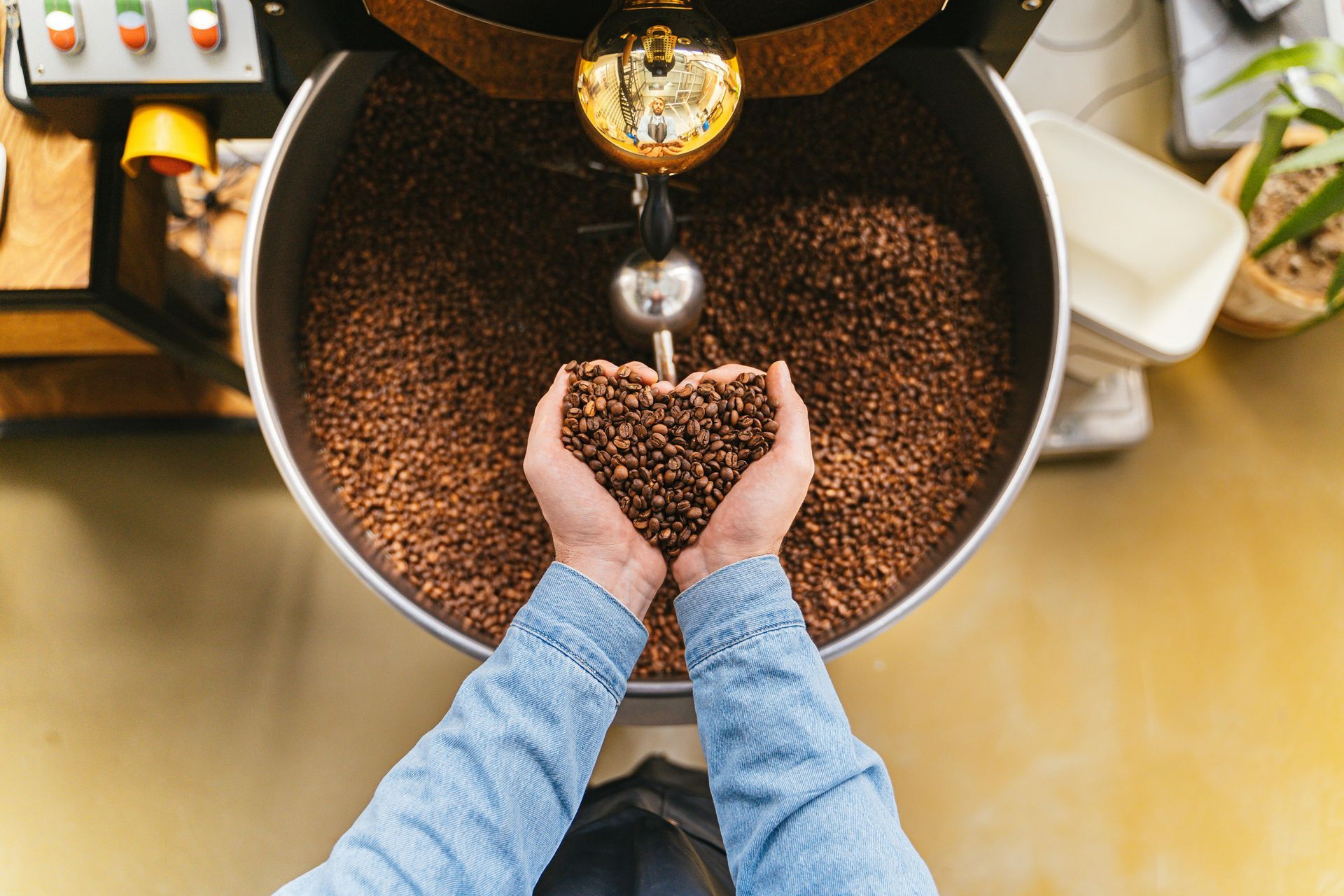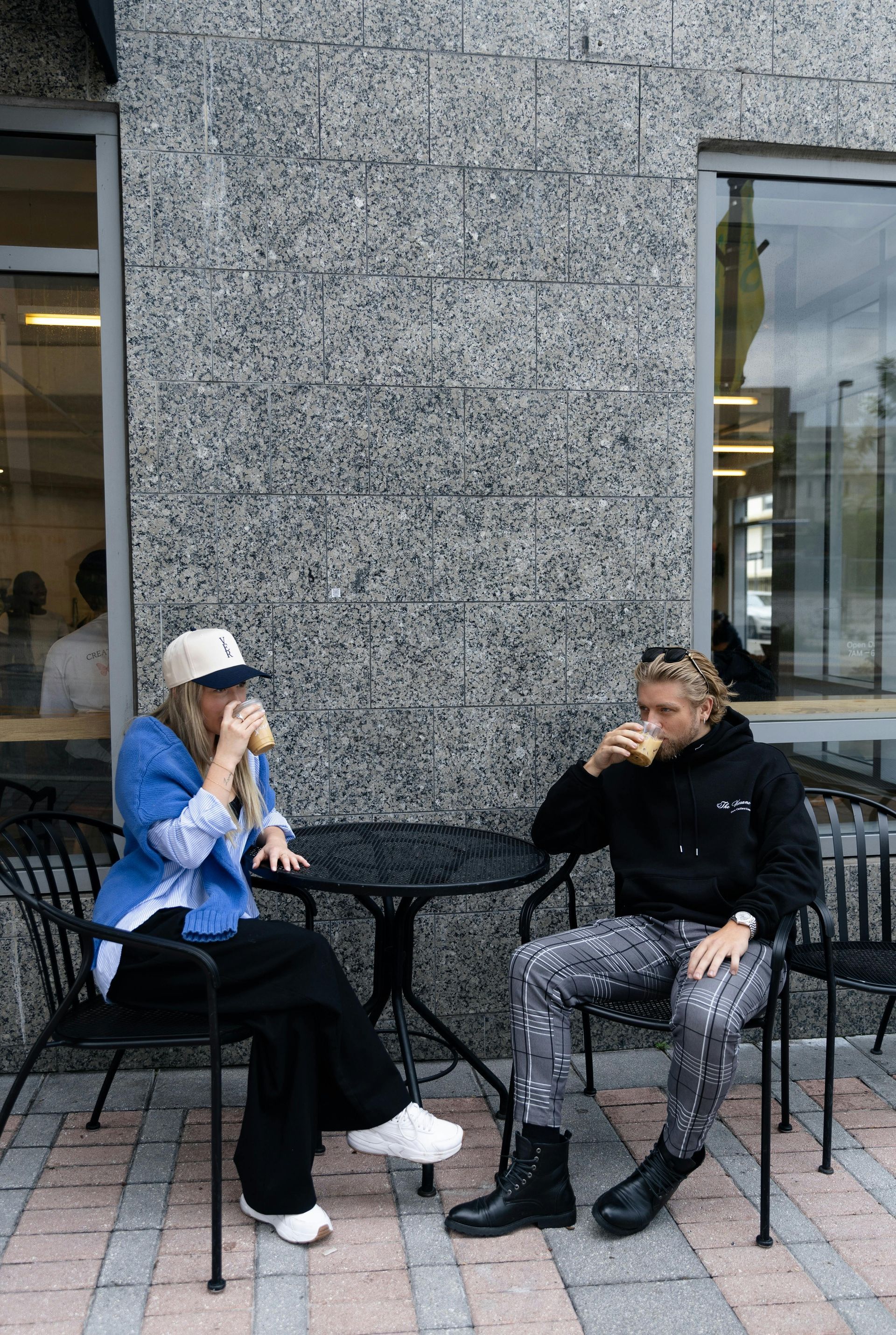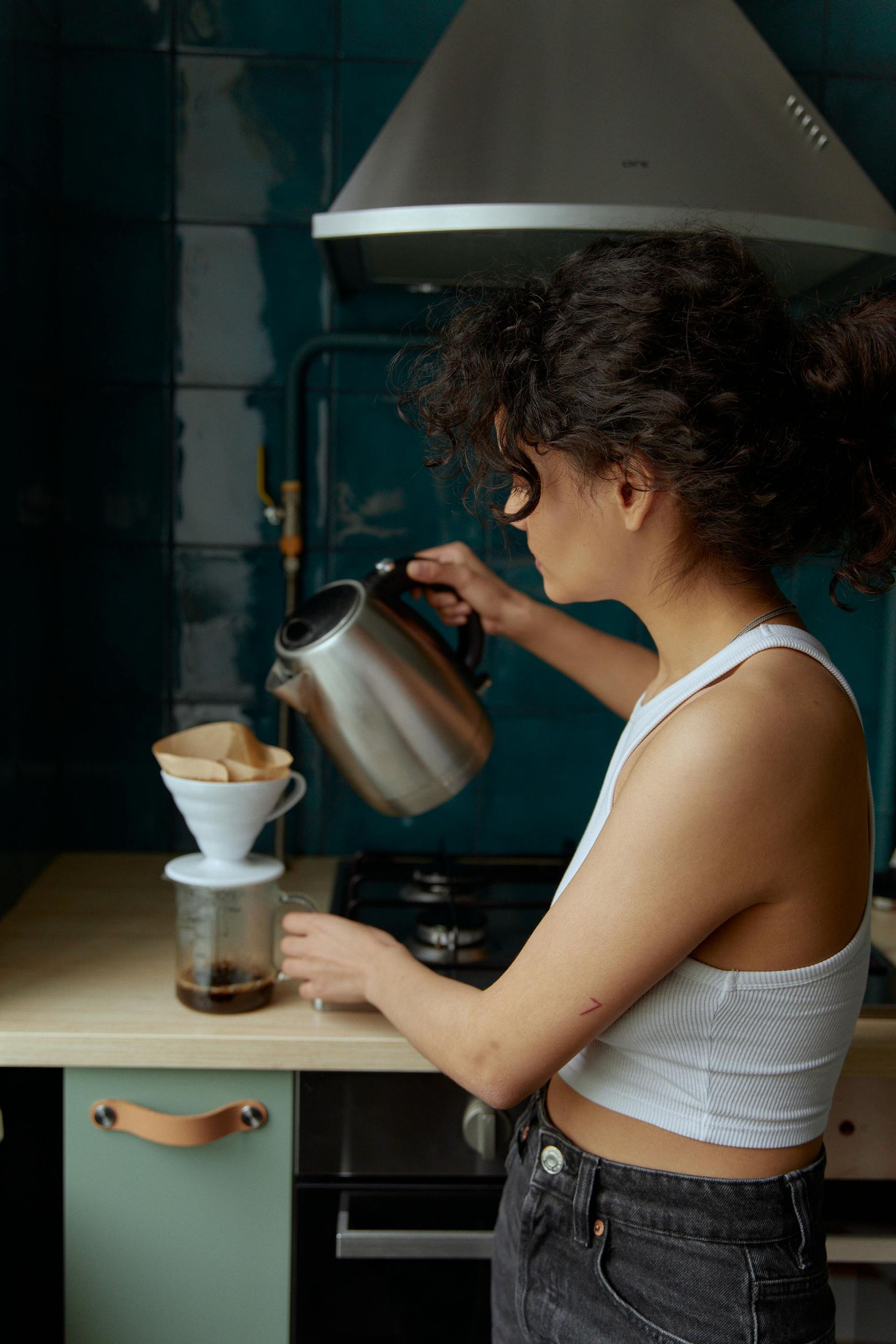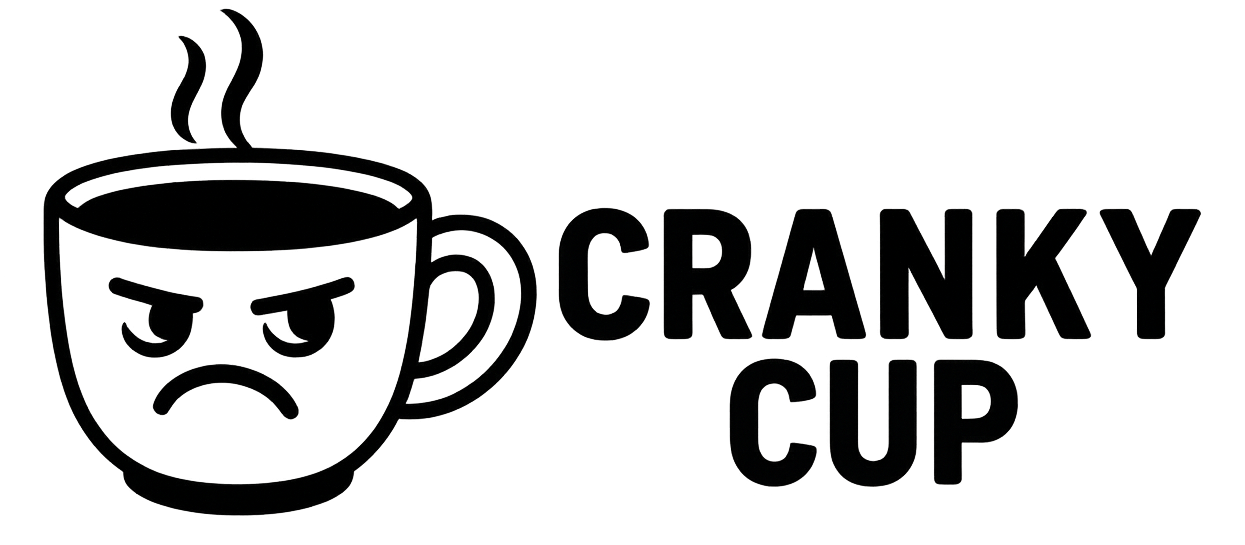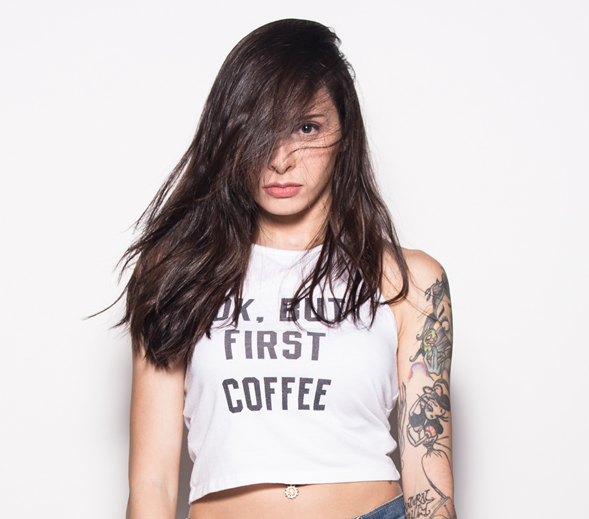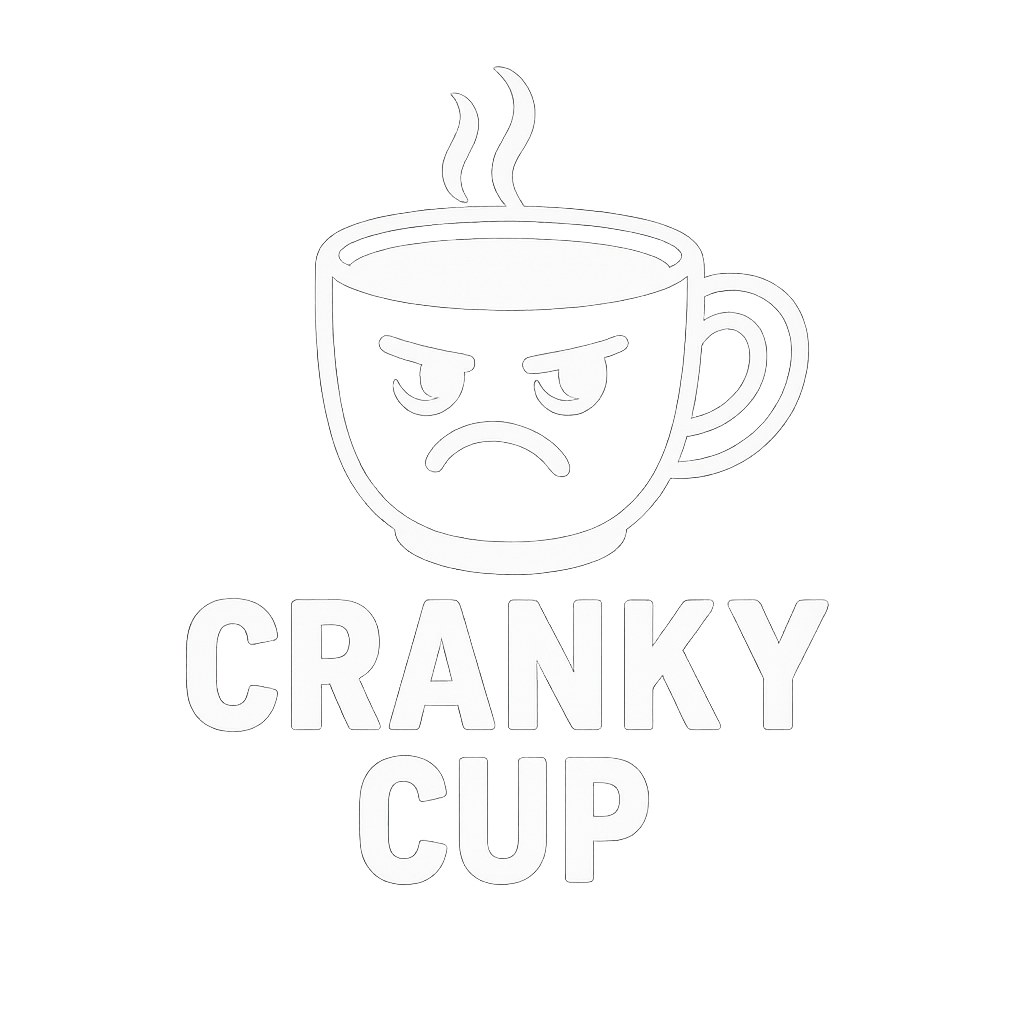Brew Like a Pro (Even When You're Cranky)
Brew Like a Boss
Mastering coffee starts with picking your weapon. From the bold French press to the precise pour-over, each method has its own charm and caffeine kick.
Brewing Methods Unmasked
French Press: The Bold Move
Coarse grind, hot water, and patience. Press down slowly and enjoy a cup that’s as strong as your morning mood. No filters, no fuss.
Pour-Over: The Art of Patience
Slow and steady wins the race. Pour water in circles, watch the bloom, and savor a clean, bright cup that’s worth the wait, even if you’re not a morning person.
Grind Like a Pro
A quality burr grinder turns your beans into magic dust.
A burr grinder is a device that crushes coffee beans or other small, hard food products between two revolving abrasive surfaces (burrs) to create a consistent particle size, offering more precise control over the grind than a blade grinder. This consistency is achieved by adjusting the distance between the burrs, which determines the fineness of the grind, making burr grinders the preferred choice for specialty coffees and home brewing enthusiasts.

Precision Matters
A digital scale ensures you don’t guess your way to a bitter disaster. Measure like a scientist, sip like a champ.
A digital scale is great for coffee because it provides precise, repeatable measurements of coffee grounds and water, ensuring consistency and accuracy in your brew, eliminating guesswork from volume measurements, and helping you perfect your preferred coffee-to-water ratios for any brewing method, from espresso to pour-over.
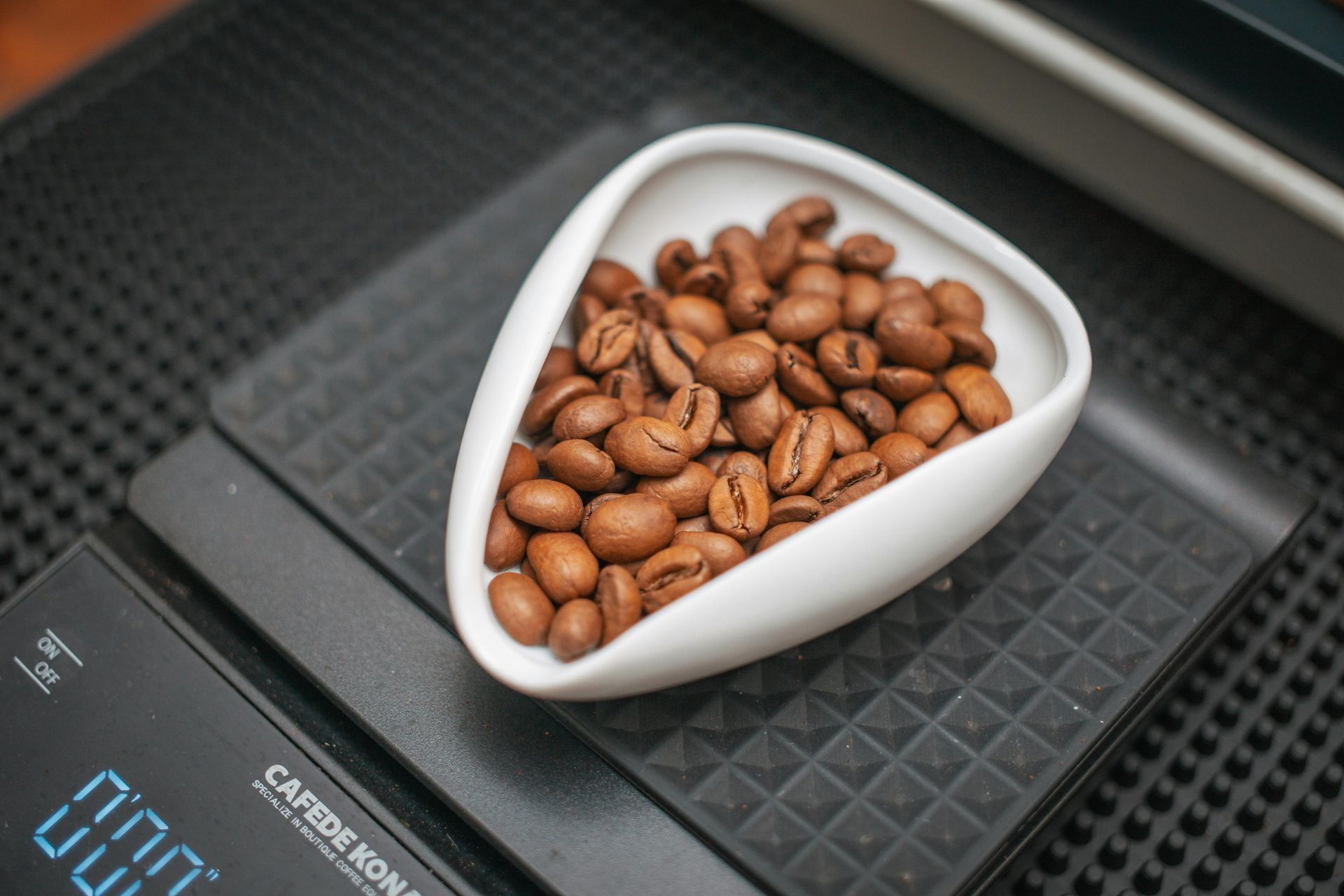
Hot Water, No Drama
A gooseneck kettle is a specialized kettle with a long, thin, curved spout, similar to a goose's neck, that allows for precise and controlled pouring of hot water. This design provides exceptional control over the water flow, making it ideal for brewing pour-over coffee, as it enables even saturation of the coffee grounds and a more delicate, controlled flavor extraction. Gooseneck kettles are available as electric or stovetop models and can also be used for other beverages requiring precise water delivery.
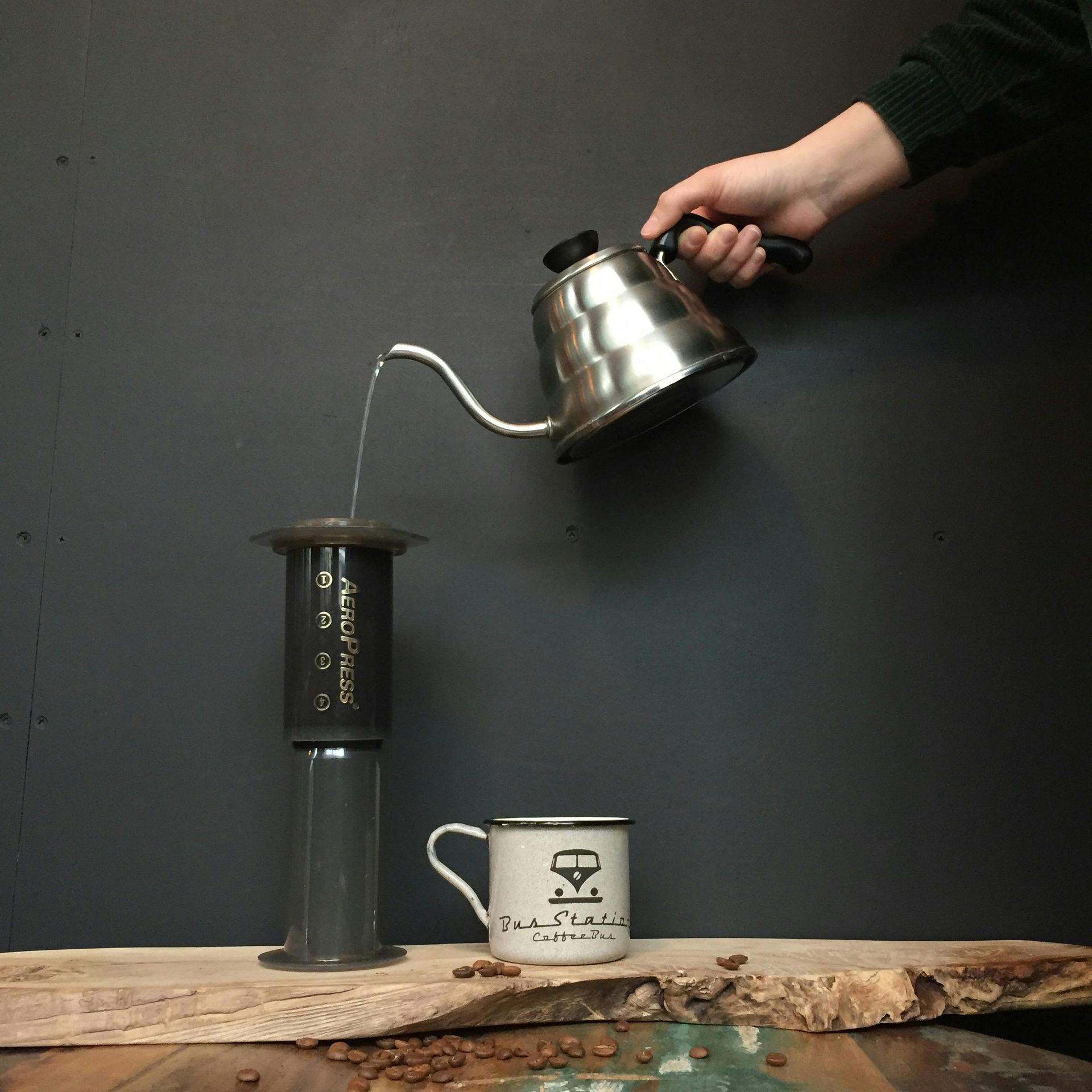
Press Your Luck
French press: because sometimes you want coffee that’s as bold as your morning mood.
A French press is a simple coffee brewing device consisting of a cylindrical carafe and a plunger with a built-in filter screen that steeps coarse-ground coffee in hot water before separating the grounds. This method, also called a press pot or cafetière, produces a full-bodied, rich-tasting coffee and can also be used for brewing tea and other infused beverages
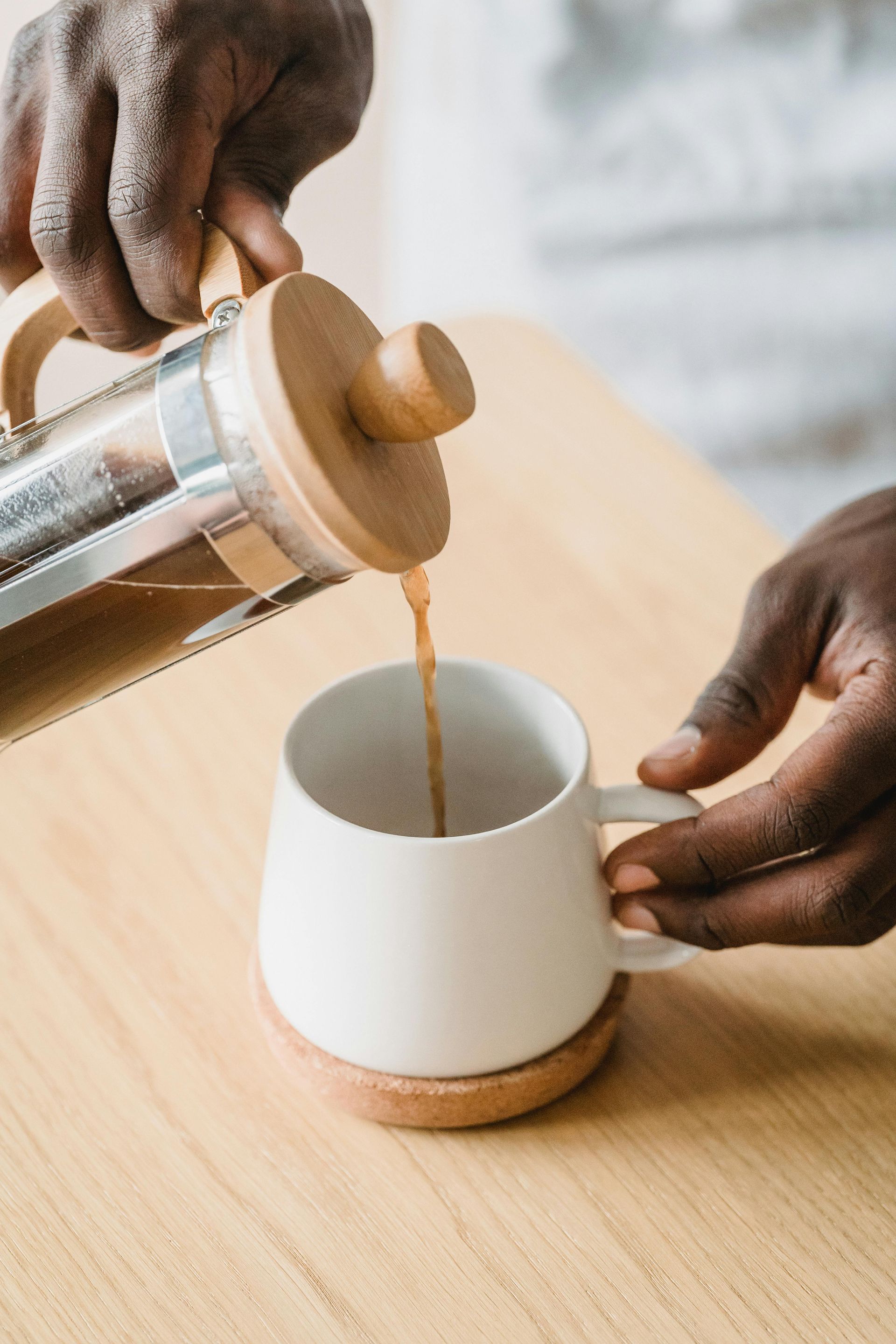
Froth and Furious
A milk frother for those who like their coffee with a little extra fluff and a lot less grump.
A milk frother is a kitchen utensil or appliance that creates foam from milk by introducing air into it, transforming it into a light, airy texture for beverages like cappuccinos and lattes. There are three main types: handheld wand frothers that use a battery-powered whisk, countertop electric frothers that often heat and froth simultaneously, and manual frothers that resemble a French press for pumping milk to create foam
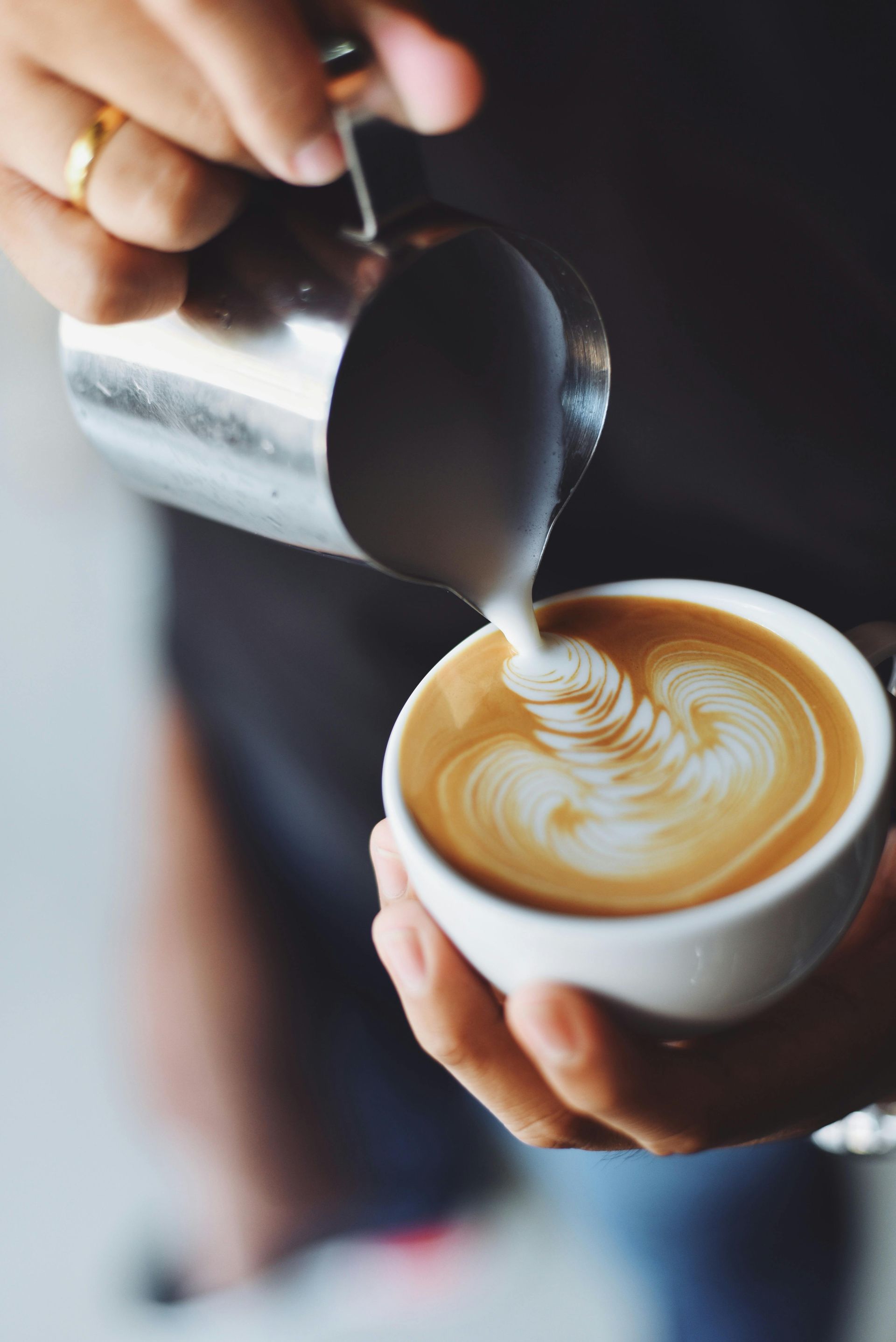
Coffee Myths Busted: Brewing Truths with a Side of Sass
Does grinding coffee finer always mean better taste?
Not really. Grinding too fine can turn your brew bitter and muddy, like a bad mood before caffeine kicks in. Find the grind that suits your method, not your impatience.
Is boiling water the secret to strong coffee?
Boiling water is more like a coffee assassin. Too hot and you scorch the beans’ delicate flavors. Aim for just off-boil, like 195-205°F, to keep your brew smooth and your mornings less murderous.
Does more coffee always mean better caffeine kick?
More coffee grounds don’t guarantee a stronger buzz if your brewing is off. It’s like yelling louder but nobody listening. Balance grind, water, and time for that perfect punch.
Is fresh coffee only about the roast date?
Roast date matters, but storage is the real villain. Stale beans are like yesterday’s bad mood—hard to fix. Keep beans airtight and cool to preserve that fresh grumpiness you love.
Can you reuse coffee grounds for a second brew?
Sure, if you want a sad, flavorless cup that tastes like regret. Fresh grounds are your best friend—don’t ghost them after one round.
Coffee: the only relationship we’re not trying to fix.
It’s messy, it’s magic, and it’s the one thing we can all agree on no matter where or time of day.


